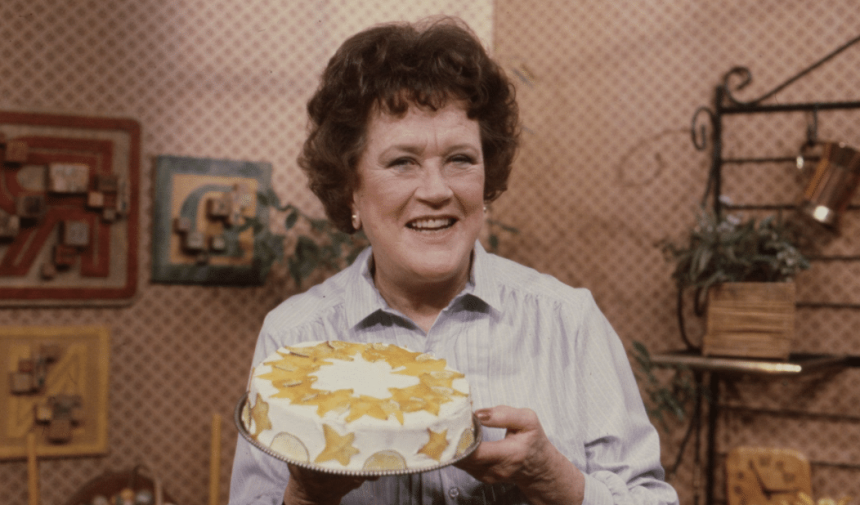Ten weeks out of each year I work over here leading tours of Americans through European countries. It’s a job I love and a job I take seriously because people trust me with a week to 10 days of their valuable vacation time and vacation savings. It’s work, but if you’ve got to work somewhere, this ain’t a bad place to do it.
Working in Italy, Spain, Holland, Belgium, and the like is a blessing. A bonus is the food. Most of the tours are in Italy and most of the time we are based in Tuscan villas where we spend each night and venture out during the day. Breakfast in the villas is self-serve. I stock the villas with fruits, juices, breakfast bars, yogurt, granola, cereals, and lots of coffee. Seriously, lots of coffee.


On a trip such as the one I am hosting now — trekking 24 Americans from Taormina Sicily to Palermo — we stay in hotels to cover that much ground. Hotel breakfasts in Europe are different. It’s not a bad thing. It’s a good thing. We come here because things are different, and we embrace the differences. If we wanted things to be the same as we have them at home, we’d just travel to Cleveland. But my guests don’t want to be in Cleveland. They want to be in Florence, Marsala, Amalfi, Bologna, Milan, and Palermo.
The first European hotel breakfast I ever ate was on an extended honeymoon in Germany in the early 1990s. Some twenty years later I brought my family over for a long trip and our first breakfast was in Sweden. The kids — 10 and 14 at the time — were amazed to see baked beans and vegetables on the breakfast buffet.
During that six-month journey, my son and I mainly ate soft-boiled eggs in a bowl with torn-up croissants. The most memorable of those breakfasts was in Athens on the roof of the Royal Olympic Hotel overlooking the Temple of Zeus. Soft-boiled eggs and bread is a dish from my childhood. My brother and I called the dish “Cup eggs.” My kids grew up eating it with torn biscuits and crumbled bacon added to the soft-boiled eggs in the bowl. My son and I were happy we could get soft-boiled eggs at most hotels throughout Europe.
These days when I’m hosting a group such as this one who are on the move every other day, we always have breakfast in the hotel. Most Italian hotels offer hard-boiled eggs and scrambled eggs in a chafing dish, though “scrambled” is a very subjective term to describe how European hotels scramble their eggs.
Let it be noted that I like my eggs soft scrambled. Not runny, just soft curds of egg with a slight sheen on them. The Europeans look at the scrambling process differently than we do. Their scrambled eggs are mostly nothing more than runny chicken embryos in a pan. They usually look like liquid eggs with some lumps. I like soft-scrambled but that’s a little too soft. After a few hundred breakfasts over here, I have developed a handy technique that involves scooping out just the cooked curds, draining them, and placing them on top of a piece of toasted wheat bread.
Europeans feel about bacon exactly how they feel about eggs — why cook it? The bacon served at most European hotels is barely warmed and almost raw. When I was a kid, I ate bacon that way. My brother and I called it “floppy bacon.” Sometime during my thirties, I began to eat my bacon crisp. It’s still the way I prefer to eat bacon. Not burned, just crisp.
Crisp bacon must seem like sacrilege to the typical European. It’s a cultural thing. But hey, if we wanted crisp bacon, we’d be in Cleveland, right? When in Rome…
The main point is that eggs and bacon and some type of bread, along with coffee, are staples at hotels on both sides of the Atlantic. The most popular menu item at our breakfast joint back home is the Number One. It’s first on the menu and first in the hearts of our customers. The Number One is two eggs cooked any style (although we end up serving what would amount to four eggs), bacon, ham, or sausage, hash browns or grits, and toast or a biscuit. There are options within the options such as wheat toast, sourdough, or white, and spicy or mild hash browns, regular or cheese grits, and spicy or mild sausage. But the base food groups stay the same.
The base food groups stay the same in European hotels, too, with the addition of a lot of local fruits, vegetables, yogurt, and the occasional bowl of baked beans.
My bacon cooking preference has changed over the years, but my egg preference has basically remained the same. I go for sunny side up on occasion and still eat soft-boiled sometimes, but for the most part, I’m a scrambled guy at heart. My son is too. He’s a much healthier eater than I am, and all through high school would eat six to eight scrambled eggs every morning along with four to five pieces of bacon — no bread, ever. To him, it was about his daily protein intake.
I had breakfast with Julia Child twice. I was in awe of her knowledge, passion, and modesty. I learned volumes in the short time we visited. On the first occasion, we talked about cooking. Her favorite ingredient, “Butter.” Her cooking advice: Know the basics and everything else will fall into place.”
During our second breakfast, she shared tips on how to maintain a healthy lifestyle while cooking with classic French ingredients. When I asked how she was able to stay fit and trim after years of cooking with heavy cream and butter, she said, “Eat small portions. Don’t deny yourself good food. Have three or four bites and leave the rest on the plate.” Both times we spoke about eggs. She told me her recipe for the perfect scrambled egg, and it’s the method I still use today.
Onward.
Julia Child’s Scrambled Egg Method
- 3 large eggs
- 2 tsp of half & half
- 1 tbl of butter
- Salt and pepper to taste
Crack eggs in a small bowl and stir well with a fork until the yolks and whites have just incorporated. Do not stir too vigorously or you will add air to the eggs. Add cream to eggs and stir well.
In a non-stick skillet over moderately low heat, melt the butter and tilt the pan to coat the entire surface. Add the egg mixture to the skillet. Using a rubber spatula slowly scrape the bottom of the skillet until the eggs begin to coagulate. Continue to carefully stir the eggs until they are “just done.” The eggs should be almost fully cooked and custard-like (Julia Child calls them “custardy lumps”) yet have a slightly wet and shiny sheen to them.
Remove eggs from the skillet immediately and transfer to a plate (the eggs will continue to cook slightly for the next 30-45 seconds so it is imperative to remove them just before they are done). Add salt and pepper to taste and enjoy.







